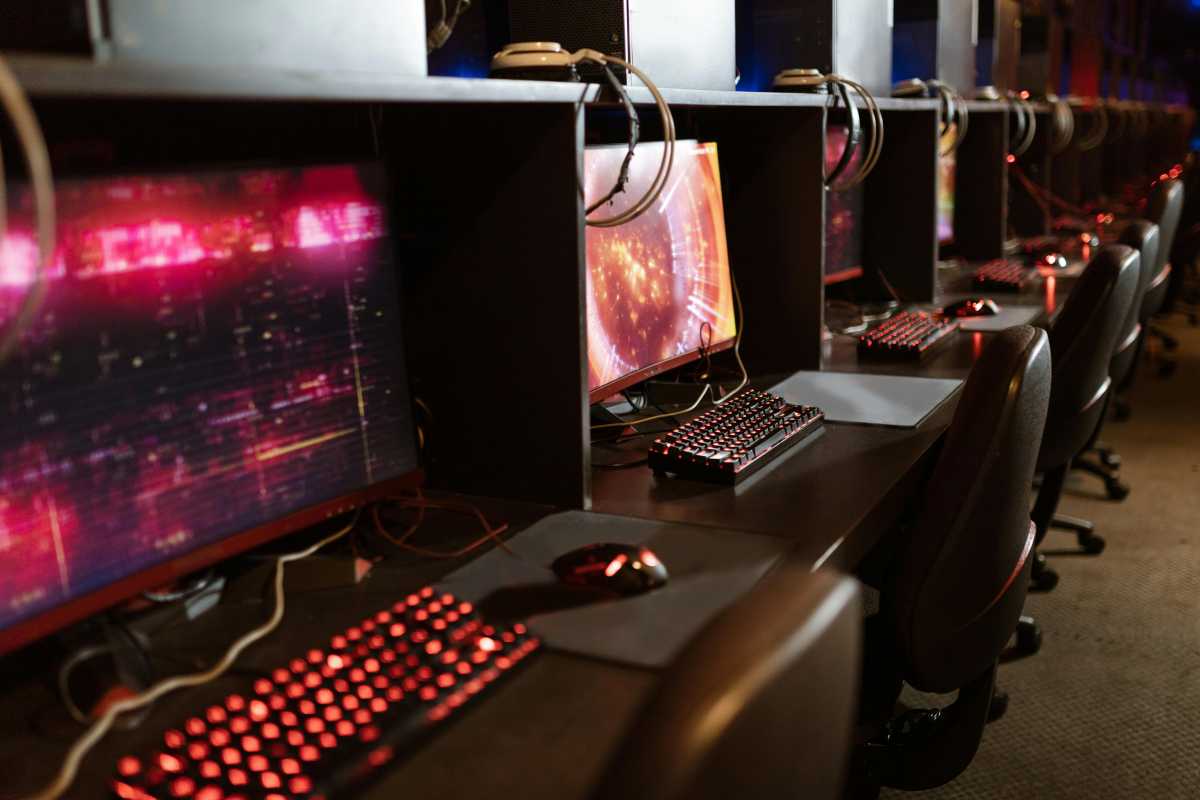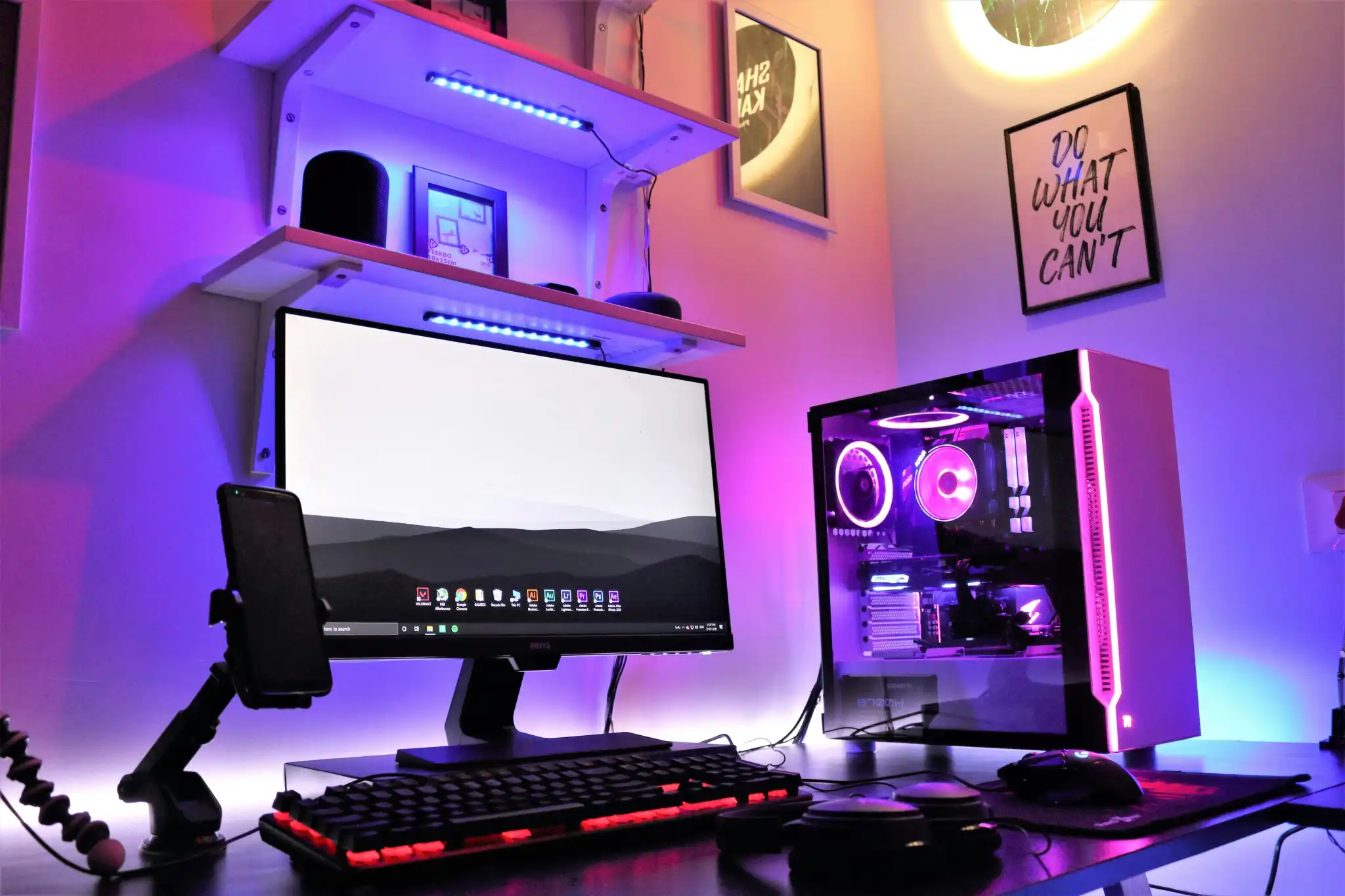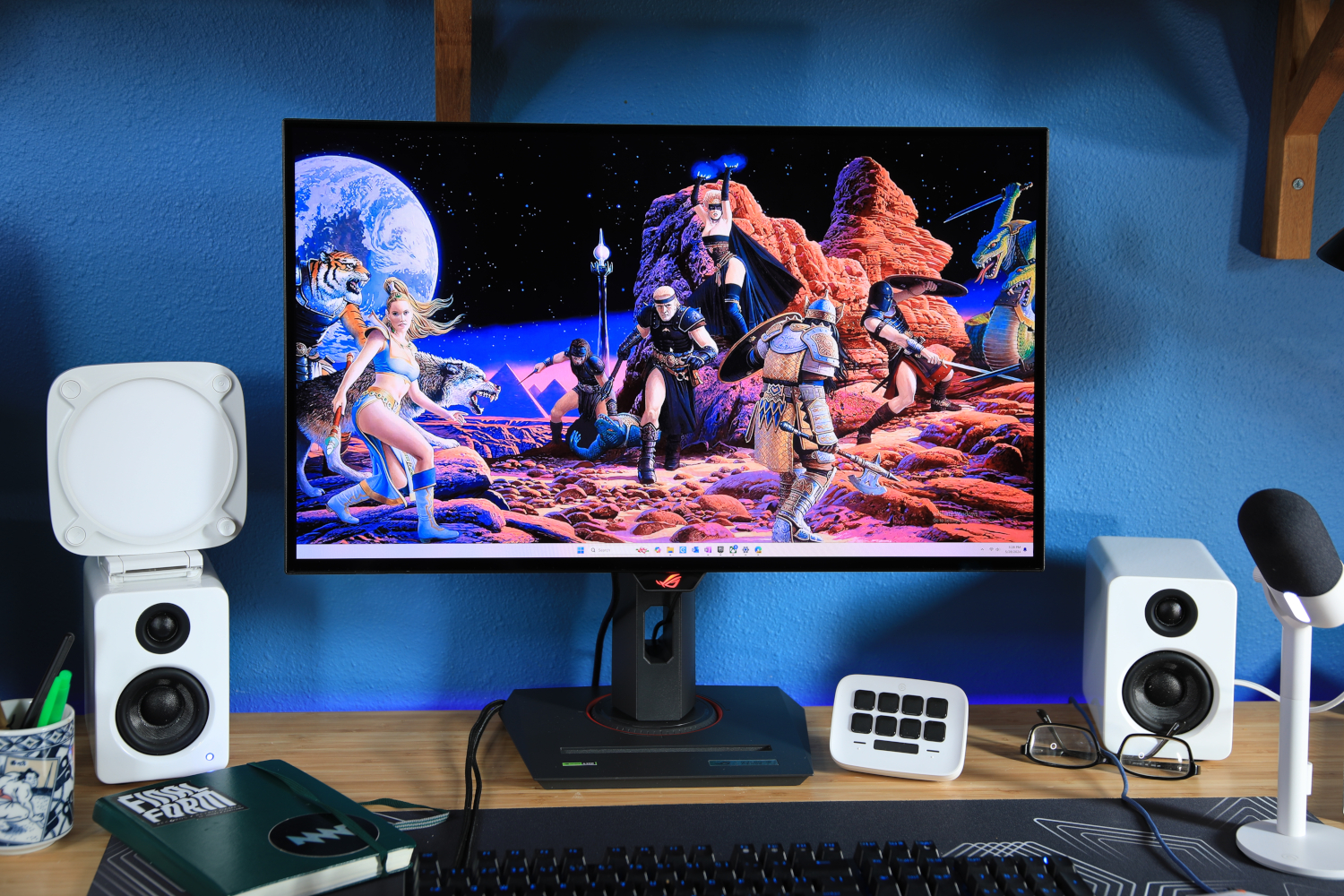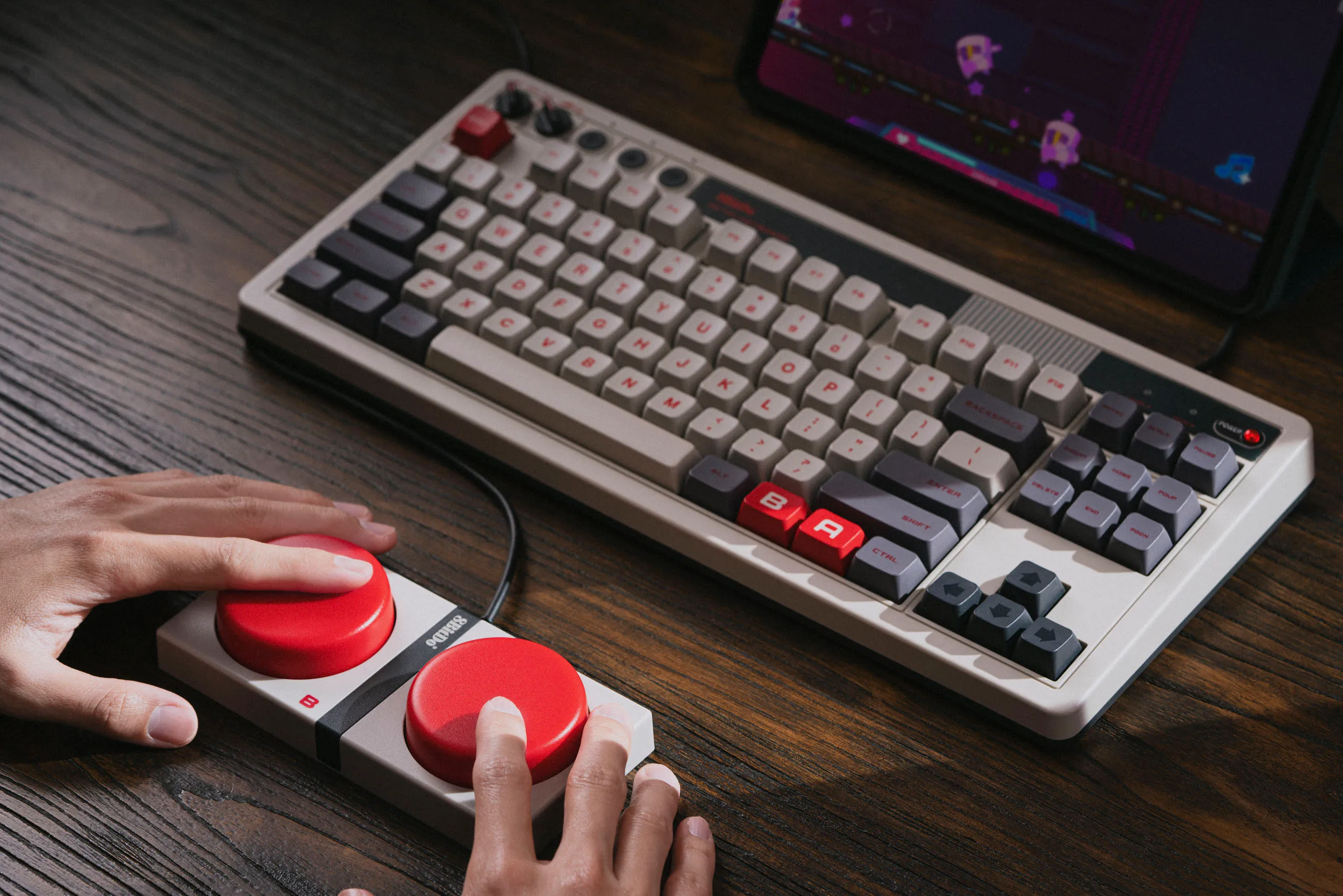Here’s why your gaming monitor has kick-ass specs but still performs poorly.
Every gamer has encountered gaming hardware that doesn’t live up to expectations. Washed-out colors, blooming, ghosting, and screen tearing are all giveaway signs that a gaming monitor is struggling with performance.
That’s relatable if you have an el cheapo panel, but when you’ve spent a small fortune on what’s meant to be kickass visuals, that kind of performance is uncool.
We reviewers can put a finger on the best gaming monitors to buy and the ones to avoid, but the elephant in the room remains why some premium monitors with excellent specs have sub-par performance in the first place.
Why some gaming monitors fall short
The main problem as I see it is that manufacturers’ claims about performance specs are often wrong or misleading.
I won’t use a broad brush to paint all manufacturers in the same light, or indeed all products within a manufacturer’s range, but there are plenty of individual products out there that I can point to.
Any gaming monitor spec can turn out to be vastly different from what a manufacturer has said, but two of the biggest offenders right off the bat are HDR and contrast ratio.
The many guises of HDR
HDR comes under many guises. For example, “Nebula HDR” and “Quantum HDR” are two names manufacturers have given to monitors to sell the idea that they are high peak brightness and high contrast-ratio displays. Yet these are essentially made-up names designed to pivot off of the current standard for HDR known as VESA HDR certification.
The unfortunate consequence of that is that there’s no accounting for what the monitor’s peak brightness, local dimming, or color depth stats actually are. In some cases, they will indeed reach the lofty heights of a fully fledged VESA-certified DisplayHDR 1000 monitor (the current standard for 1,000-nit monitors) for key metrics, but in other cases they won’t. In fact, without testing it’s impossible to tell.
The peak brightness dilemma
Peak brightness in particular can be way off the mark. Measurements can sometimes (but not always) be substantially below 1,000 nits peak brightness even when advertised as such.
Then, still, even if a monitor reaches 1,000 nits peak brightness in testing, the percentage of the display surface and the time it can reach 1,000 nits brightness can vary greatly. Whereas a VESA-certified DisplayHDR 1000 monitor is required to display 1,000 nits peak brightness across the whole surface, another monitor may only reach 1,000 nits in a small percentage of the screen.
VESA’s own certifications can be confusing too, since two VESA-certified monitors with the same VESA certification can have different numbers of dimming zones — even if they have a high maximum peak brightness. That can result in big differences in image quality from product to product. As the monitor community on reddit often says, “Some just aren’t real HDR monitors.”
As a general rule you’ll want to check that a monitor has a high peak brightness but also that it has a lot of dimming zones to avoid this pitfall. For a monitor promising a peak brightness of 1,000 nits or higher, ideally it should have thousands of dimming zones.
Deciphering DisplayPort 1.4
DisplayPort 1.4 is another slippery slope to watch out for in gaming monitors.
One case that caught my eye was the mislabeling of the DisplayPort spec in a 27-inch product. The monitor in question, the Acer XV272U P, was found to support HDR input at 1140p, 120Hz, and 10bit, but only at DisplayPort 1.2 bandwidth. In other words, its spec really should have read “DisplayPort 1.2 plus HDR.”
Genuine DisplayPort 1.4 can support 200Hz at 1440p and 10bit, so be careful of that fact.
Check contrast ratio
Contrast ratios can vary alarmingly from what’s advertised too. Indeed, the number soups touted by manufacturers in product sheets should be carefully scrutinized against what reviewers say a product can achieve.
The Samsung Odyssey Neo 2022, for example, was one product called out by reviewers back in 2022 for having a 15,000:1 contrast ratio despite Samsung claiming it had a contrast ratio of 1,000,000:1, so always do your research on this spec.
The two measures of response time
Response time, too, has been at the center of another problem with gaming monitor specs over the years: the fact that not all the specs are revealed by manufacturers. That’s despite this metric being arguably one of the most important indicators of your monitor’s image clarity in competitive games.
Most gamers are aware of its importance at least and know enough to look for a 1 millisecond or faster response time, but what they may not know is that there are different measurements to describe it.

What you’ll almost always see in product sheets is the gray-to-gray response time (GtG), which measures how long a pixel can change from one shade of gray to another. This measure tells you only a small fraction of the story. Even with a low, 1ms GtG, a display can still exhibit a lot of motion blur.
Another measurement known as Moving Picture Response Time, or MPRT, is arguably the more important measurement manufacturers should be showing, if not on its own, then alongside GtG. It gives you more of a real-world understanding of response time since it directly relates to perceived motion blur, MPRT being a measurement of how long a pixel is visible on a display.
If you don’t see MPRT next to the response time in a product’s spec sheet, you’ll want to ask the manufacturer what it is before you buy (ideally it should be 2ms or faster), or else the monitor may show some signs of ghosting in games.
I hope that’s whet your appetite to investigate your gaming monitor’s specs in depth. If you’re now thinking, “I didn’t check any of this when I bought my monitor,” that’s totally understandable — it’s very much insider knowledge.
Remember, then, to do your research before your next purchase — read lots of reviews and check your manufacturer specs — for the best chances of avoiding these common pitfalls.





